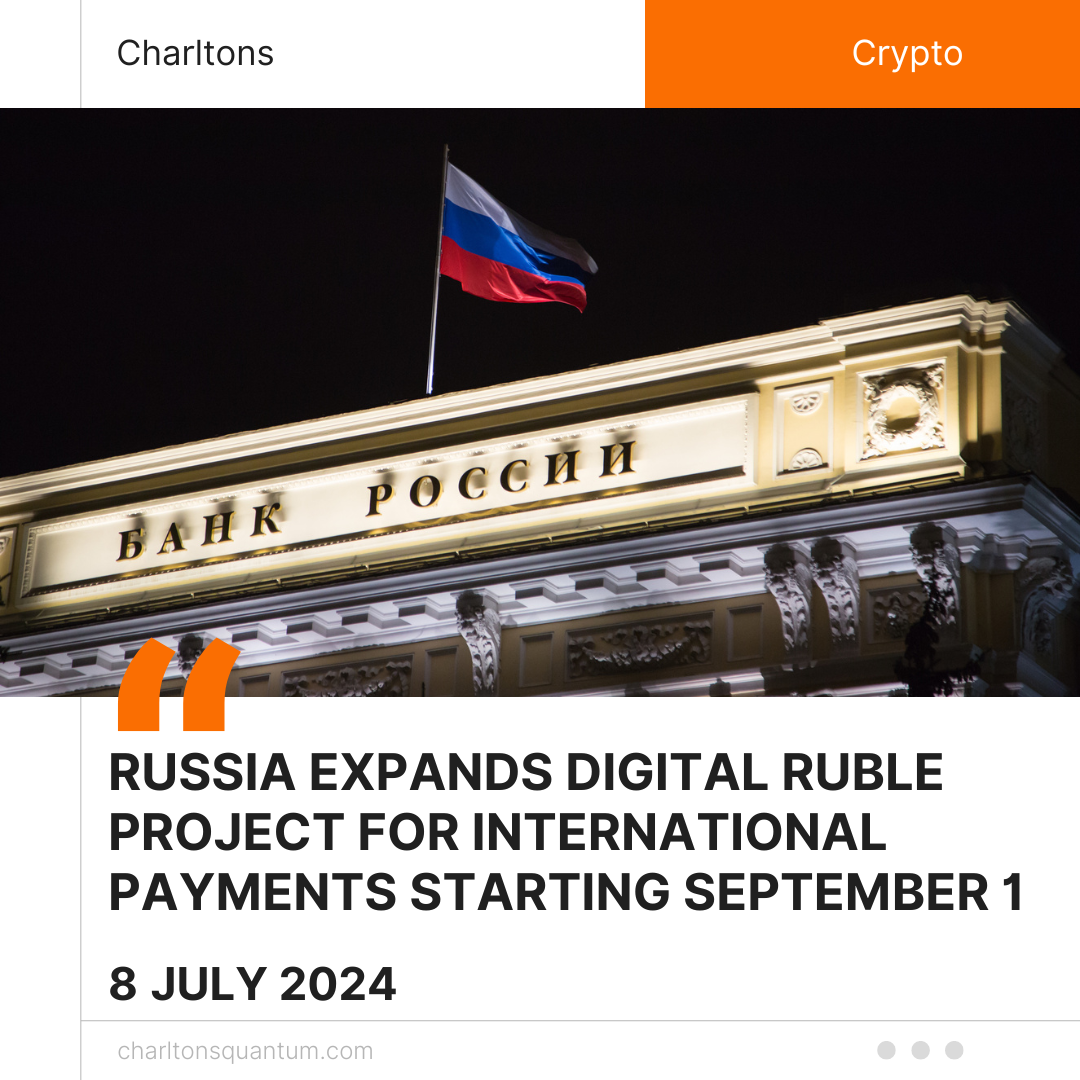
In a recent development, the Russian Central Bank announced on Thursday that it will accelerate and expand its digital ruble project, with the next phase set to commence on September 1, 2024. First Deputy Governor Olga Skorobogatova revealed that a substantial number of applicants have requested broader inclusion, leading to the expansion of the digital ruble pilot to encompass real transactions involving real clients.
The digital ruble testing process, which began in 2023, is poised to enter a new phase, significantly increasing its reach. “We are expanding our pilot to encompass real transactions from September 1. Currently, 12 banks are taking part in the pilot, and 19 more are in the process of joining. We aim to significantly increase the number of individuals and companies that can participate,” Skorobogatova stated at the Russian Financial Congress.
Since its launch, the pilot has involved approximately 600 selected individuals in 11 Russian cities. Initially, the expansion was modest, integrating the Moscow Metro and a few large banks. However, the Central Bank now plans to extend the pilot to 9,000 individuals and 1,200 legal entities later this year, following a surge in applications and requests from citizens and businesses.
The Central Bank has overseen around 19,000 peer-to-peer CBDC transactions, approximately 6,000 payments, and 3,500 smart contract transactions since the pilot’s inception. The significant interest from the public and businesses underscores a real demand for the digital ruble, prompting the Central Bank to widen its pilot network.
This expansion aligns with the Russian Central Bank’s broader strategy to promote de-dollarization. By accelerating the digital ruble project, Russia aims to reduce its reliance on the US dollar for international transactions, thereby enhancing financial sovereignty. This move is part of a larger effort to integrate local currencies into global trade and financial systems, in line with similar initiatives by other countries.
Olga Skorobogatova and other senior bank officials have previously indicated their intention to roll out the CBDC nationwide by the end of 2025. The rapid expansion planned for the second half of 2024 and into next year reflects a proactive approach to meet the increasing demand and to position the digital ruble as a key player in the global financial landscape.
The Russian Central Bank remains firm in its stance against crypto exchanges, advocating for their exclusion from the national economy. This position supports the controlled development of the digital ruble while mitigating risks associated with unregulated digital currencies.
As the digital ruble project progresses, its impact on international payments and the broader financial ecosystem will be closely monitored. The next phase of the pilot marks a critical step towards broader adoption and demonstrates Russia’s commitment to leading in the digital currency space.





